Photographing India
Introduction
India, with its thousands of years of history, rich cultural heritage, and breathtaking natural beauty, is a unique destination for photographers. Every corner of the country is like an open-air studio filled with diverse colors, textures, landscapes, and stories. Photography enthusiasts can capture inspiring and captivating shots in India, from its chaotic streets to serene temples and lush tea gardens to arid deserts.
India’s Allure for Photographers
India’s most significant allure lies in its cultural richness and diversity. The country boasts over 20 official languages, people of various religions live together, and each region has unique traditions and lifestyles. This diversity offers photographers multiple subjects, from human portraits to street photography, religious ceremonies, and festivals. For instance, you can capture the smiling faces of children in Rajasthan despite the hardships of desert life, the religious rituals on the banks of the Ganges River in Varanasi, or the locals traveling by boat on the backwaters in Kerala.
Cultural Richness and Diversity
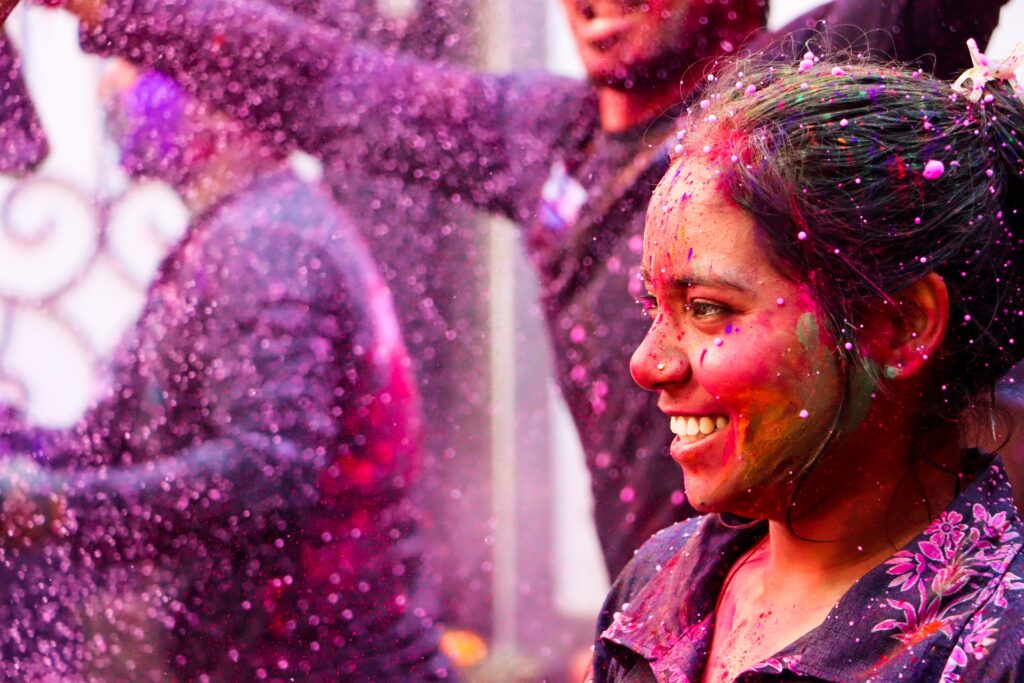
India’s cultural heritage is a treasure trove for photographers. Ancient temples, magnificent palaces, historical forts, and colorful marketplaces offer structures that bear the traces of the past, each a work of art in its own right. The Taj Mahal’s captivating architecture in Agra, the pink facade of Hawa Mahal in Jaipur, or the mystical atmosphere of the ghats in Varanasi add depth and historical perspective to your photographs. Additionally, traditional handicrafts, vibrant festivals, and religious ceremonies reflect India’s cultural richness and add depth to your frames. For example, the riot of colors during the Holi festival, the light shows during Diwali, or the goddess statues during Durga Puja present unique photographic opportunities.
Visually Stunning Landscapes
India boasts immense diversity, not just culturally but also geographically. From the snow-capped peaks of the Himalayas to the tropical beaches of Kerala, the arid deserts of Rajasthan, and the lush tea gardens of the Western Ghats, there are landscapes to suit every taste and interest. The rugged mountains and Buddhist monasteries of Ladakh, the palm-fringed beaches and backwaters of Kerala, the dunes and camel caravans of Rajasthan, and the rice fields and village life of North India offer unparalleled opportunities for landscape photography.
India’s diversity allows photographers to utilize their creativity and experiment with different techniques. It provides a suitable environment for all types of photography, from street photography to architecture, portraits to landscapes.
Best Places to Photograph in India
India is a paradise with countless opportunities for photography enthusiasts. Here are some of the best places to photograph in India:
Historical Buildings
India has been home to many majestic structures for thousands of years. In addition to being architecturally impressive, these structures are also interesting for photographers with their rich historical and cultural meanings.
Taj Mahal (Agra)
One of the world’s seven wonders, the Taj Mahal is a white marble mausoleum and a symbol of love. It is an awe-inspiring sight when photographed at sunrise or sunset.
Red Fort (Delhi)
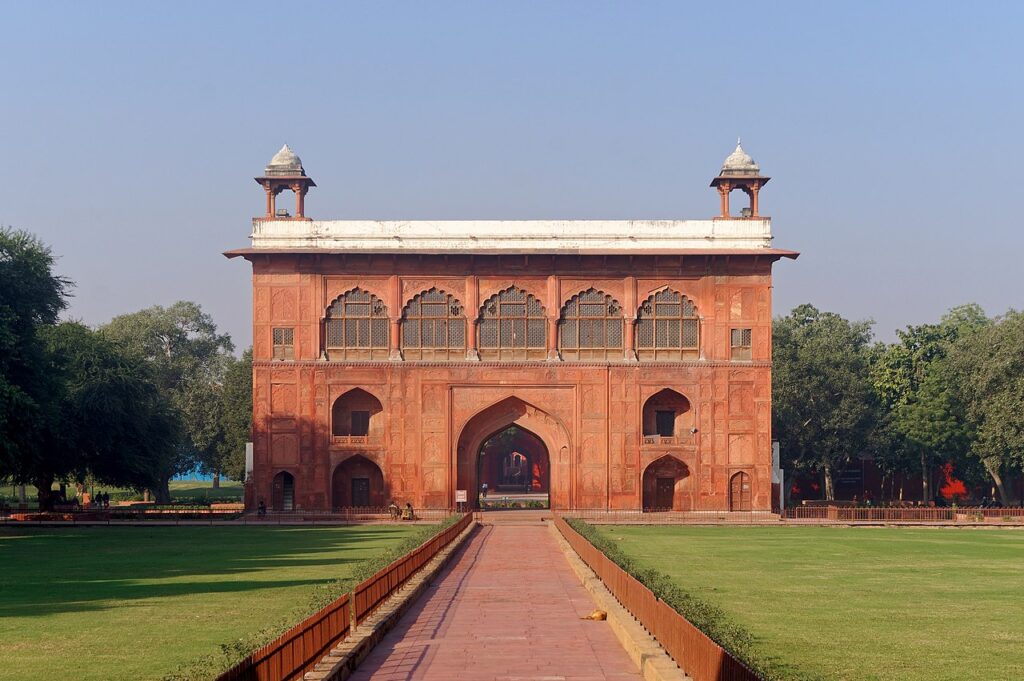
The Red Fort in Delhi, capital of the Mughal Empire, is a majestic structure made of red sandstone. The gardens, palaces, and museums inside the fort offer many opportunities for photographers.
Amber Fort (Jaipur)
Located in Rajasthan, Amber Fort is a hilltop structure that offers panoramic views of the city: the mirrored halls and carved doors inside the fort offer interesting details for photographers.
Hawa Mahal (Jaipur)
Known as the “Palace of the Winds,” Hawa Mahal is a pink sandstone structure with thousands of small windows. It offers a mesmerizing view, especially when photographed bathed in early morning sunlight.
Meenakshi Temple (Madurai)
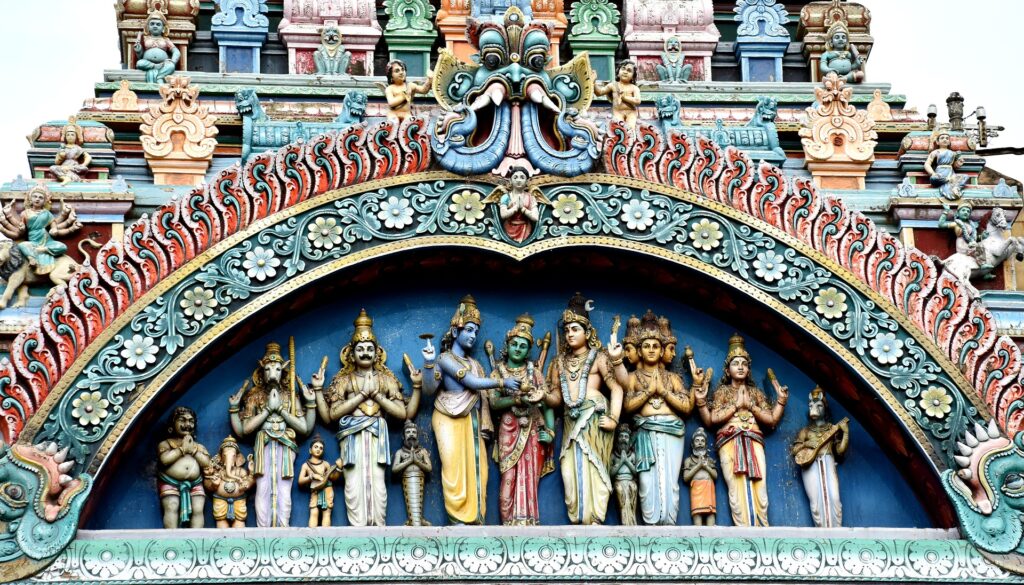
In Madurai, South India, the Meenakshi Temple is one of the most beautiful examples of Dravidian architecture. The temple’s colorful sculptures, tall towers, and detailed carvings offer a visual feast for photographers.
Colorful Streets and Marketplaces
India’s streets and marketplaces offer photographers a unique experience with their vibrant colors, chaotic atmosphere, and bustle of everyday life. Here, you can find everything from traditional handicrafts to fresh spices, colorful fabrics to antiques. At the same time, the streets filled with street vendors, shopkeepers, rickshaw drivers, and shoppers provide an ideal setting for people portraits and street photography.
Chandni Chowk (Delhi)
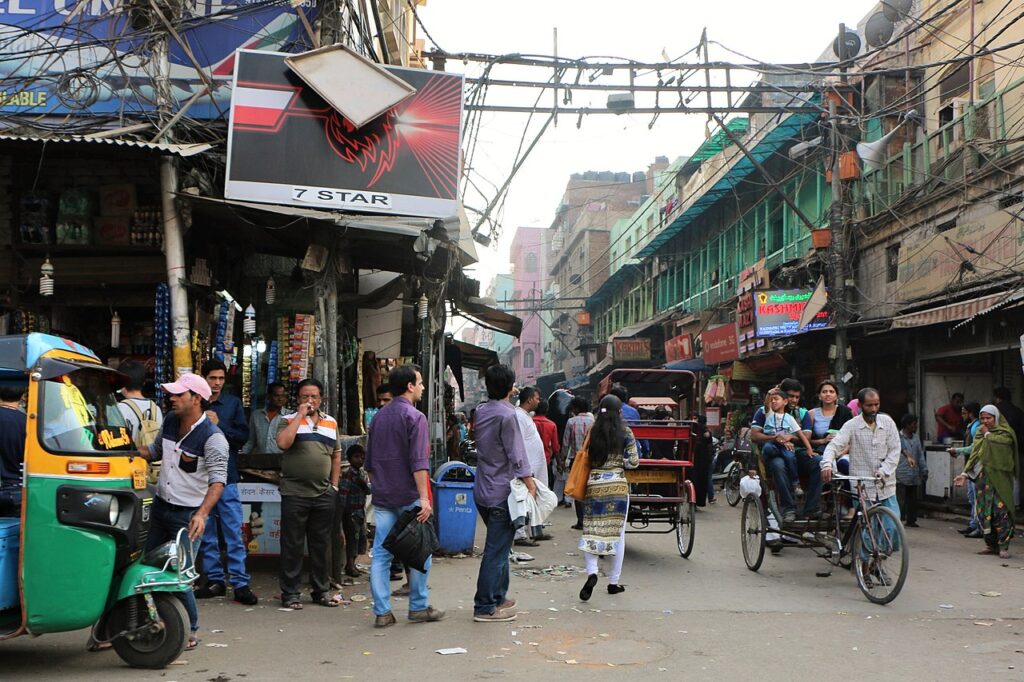
One of Delhi’s oldest and busiest markets, Chandni Chowk is famous for its narrow streets, traditional shops, and street food. You can find everything from spices to textiles, electronics to jewelry here. At the same time, historical buildings, religious sites, and street performers will enrich your photo frames.
Johari Bazaar (Jaipur)
Located in Jaipur, Johari Bazaar is famous for its jewelry, textiles, and handicrafts. The colorful shops and stalls of the market offer intriguing images for photographers. Here, you can find traditional Rajasthani jewelry, embroidered fabrics, miniature paintings, and other handicraft products. At the same time, the market atmosphere, the art of bargaining by the vendors, and the customers’ excitement will add color to your photos.
Spice Market (Kerala)
Located in Kochi, Kerala, Spice Market sells spices, tea, and other local products. The smells, colors, and bustle of the market stimulate the senses and liven up the photo frames. Here, you can find a variety of spices such as black pepper, turmeric, cardamom, cinnamon, different types of tea, and exotic fruits. At the same time, the market’s historical atmosphere and the locals’ friendly welcome will make your photo experience unforgettable.
Festivals and Religious Ceremonies
India hosts numerous festivals and religious ceremonies throughout the year. These events are filled with colorful costumes, traditional music and dances, religious rituals, and enthusiastic crowds. Festivals and spiritual ceremonies are significant events that reflect India’s cultural richness and the beliefs of its people.
Holi Festival
Celebrating the arrival of spring, the Holi festival is famous for its playful games with colored powders and water fights. This festival eliminates social class differences and strengthens unity and solidarity. Holi’s colorful and energetic atmosphere allows photographers to capture unique frames.
Diwali Festival
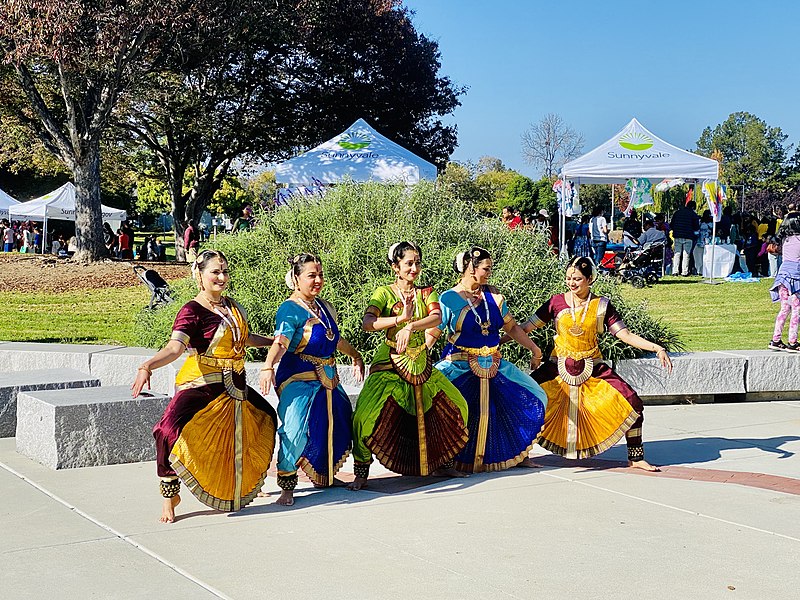
Known as the festival of lights, Diwali is a Hindu festival where houses and streets are decorated with lights and fireworks displays are held. Diwali symbolizes the victory of good over evil and the victory of light over darkness. The magnificent lights and joyous atmosphere of this festival offer photographers captivating images.
Durga Puja
Particularly popular in East India, Durga Puja is a festival dedicated to the goddess Durga. During the festival, giant statues of the goddess are made, and colorful processions are held. Durga Puja is an impressive event that reflects India’s religious traditions and artistic talents. On the last day of the festival, the statues are immersed in the river, creating an emotionally and visually striking scene.
Kumbh Mela
One of the largest religious gatherings in the world, the Kumbh Mela, is held every 12 years in four different cities (Haridwar, Allahabad, Nashik, and Ujjain). Millions gather to bathe in the sacred Ganges River and cleanse themselves of their sins. The Kumbh Mela is a unique opportunity to observe India’s religious and cultural diversity. This vast crowd, where sadhus, yogis, pilgrims, and tourists come together, offers unforgettable frames for photographers.
These festivals and religious ceremonies offer an excellent opportunity to experience India’s vibrant culture and rich traditions.
Rural Areas and Natural Beauty
The rural areas of India, with their traditional village life, lush green rice paddies, tea gardens, and untouched natural beauty, offer photographers a peaceful and inspiring environment. By moving away from the hustle and bustle of big cities, you can explore the daily life, traditions, and natural beauty of people living at a calmer pace in the countryside.
Kerala Backwaters
The backwaters on Kerala’s southwest coast are a network of interconnected canals, lagoons, and lakes. Here, you can ride traditional houseboats called “kettuvallams” (converted from rice barges) and photograph the local life and natural beauty. The waterways surrounded by palm trees, rice paddies, fishing villages, and lagoons that have become bird sanctuaries are ideal for capturing enchanting photographs. You can also photograph the local people’s daily life, fishing activities, and traditional handicrafts.
Ladakh
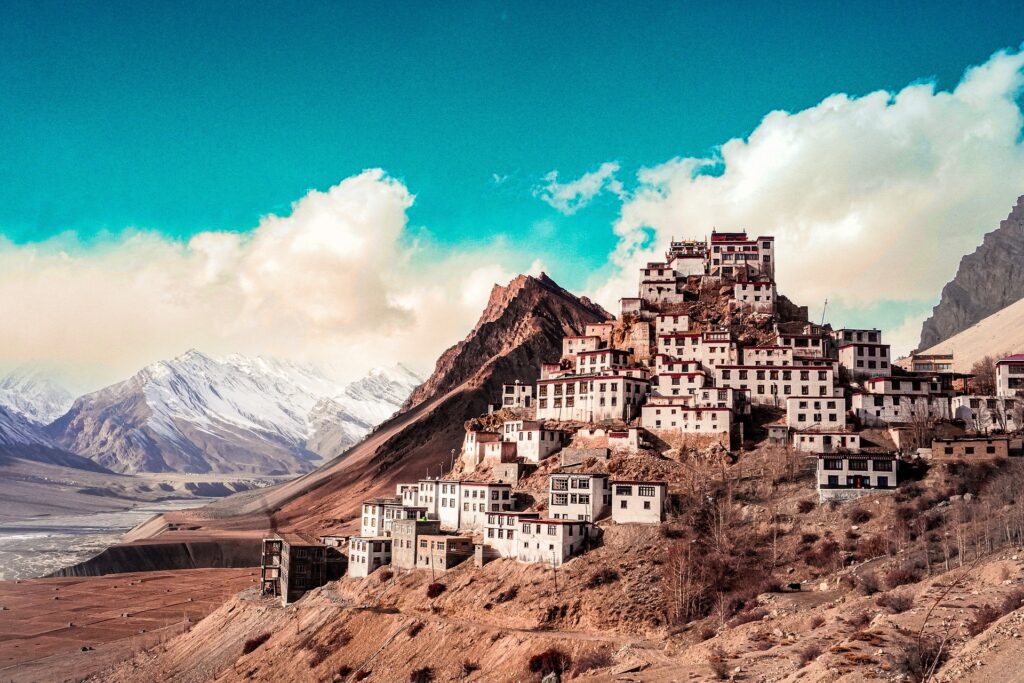
Located in the foothills of the Himalayas, Ladakh is known as the “Land of High Passes.” With its rugged mountains, Buddhist monasteries, azure lakes, and unique culture, Ladakh is ideal for adventure and nature photography. Here, you can capture the high mountain passes, snowy peaks, Buddhist temples, colorful prayer flags, and local people in traditional Ladakhi attire. Additionally, festivals and religious ceremonies held in Ladakh offer culturally rich images.
Rajasthan Deserts
The Thar Desert of Rajasthan offers a mesmerizing landscape with endless dunes, camel caravans, and nomadic tribes. The golden sands of the desert turn reddish hues at sunset, creating a dramatic atmosphere for photographers. Here, you can photograph desert landscapes, camel safaris, the life of nomadic tribes, and their traditional clothing. Additionally, historical forts and palaces in desert cities like Jaisalmer offer impressive shots.
Tea Gardens in the Western Ghats
The Western Ghats in South India are famous for their lush tea gardens. Rows of tea plants, mountain scenery, and tea pickers offer peaceful and impressive photo opportunities.
Himalayas
The Himalayas, the highest mountain range in the world, are a paradise for trekking and mountaineering enthusiasts and photographers. You can photograph snowy peaks, glaciers, mountain lakes, and local village life here.
India’s rural areas and natural beauty provide a perfect escape for photographers who want to escape the hustle and bustle of city life and connect with nature.
Wildlife and National Parks
India has rich biodiversity and is home to a large portion of the world’s tiger population. It also houses many other wildlife species, such as elephants, rhinoceroses, leopards, bears, various deer species, birds, and reptiles. India has numerous national parks and wildlife sanctuaries for observing and photographing wildlife.
Ranthambore National Park (Rajasthan)
Ranthambore National Park is one of India’s most famous national parks, mainly known for its tiger population. You can see leopards, sloth bears, cheetahs, sambar deer, chital deer, and various bird species alongside tigers. The historic Ranthambore Fort inside the park also offers an impressive view. The park can be explored with jeep safaris, and you can observe wildlife accompanied by experienced guides.
Kaziranga National Park (Assam)
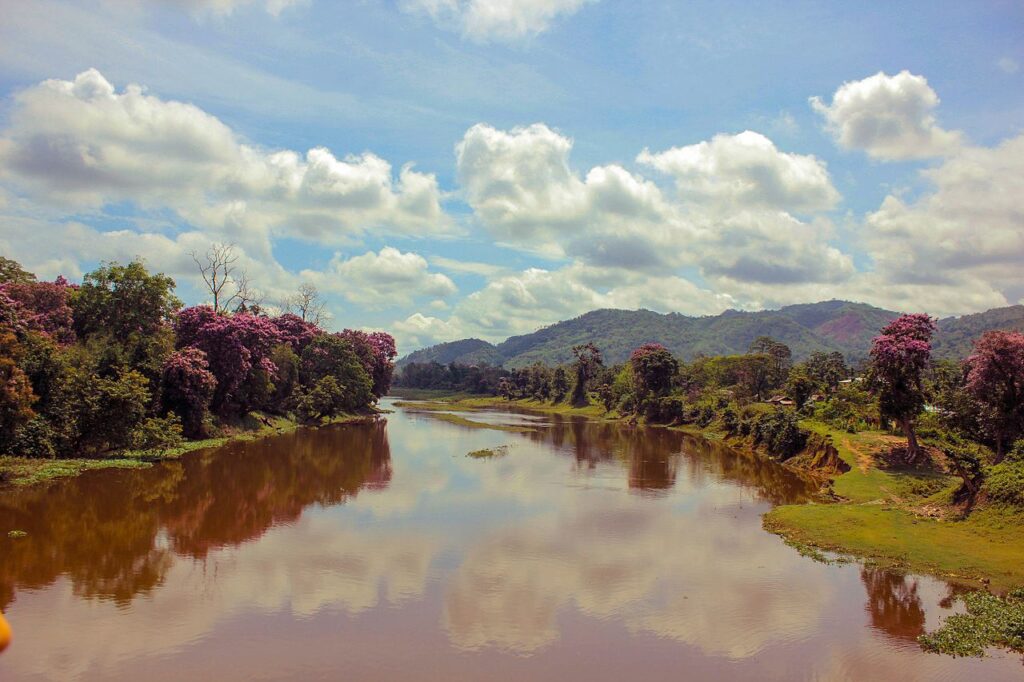
Kaziranga National Park is a UNESCO World Heritage Site that hosts the largest population of one-horned rhinoceroses. It also houses other wildlife species, such as Asian elephants, water buffaloes, swamp deer, and various bird species. The park can be explored with elephant safaris or jeep safaris and offers the opportunity to observe rhinoceroses in their natural habitat.
Kanha National Park (Madhya Pradesh)
Kanha National Park is one of the largest national parks in India and is home to various wildlife species, such as tigers, leopards, barasingha deer, gaur (Indian bison), and langur monkeys. The park is also known as the place that inspired Rudyard Kipling’s famous “Jungle Book” story. Jeep safaris are organized in the park, and you can observe wildlife with experienced guides.










